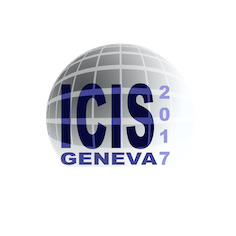Speaker
Description
Heating the plasma of an Electron Cyclotron Resonance Ion Source (ECRIS) simultaneously with two microwave power sources operating at different frequencies has been proven to enhance the high charge state production in comparison to conventional single frequency heating. Despite the success of this technique, the underlying physics remains not well understood. A commonly applied scheme used for double-frequency heating is to heat the ECRIS plasma with a fixed frequency using a klystron or gyrotron and a variable heating frequency using a broadband microwave amplifier such as a traveling wave tube amplifier (TWTA). The described scheme allows to adjust the secondary microwave frequency thereby offering another parameter for the optimization of the ECRIS performance. High charge state production is closely linked to the inner shell ionization rate of an ion species, which in turn can be probed experimentally by measuring the volumetric Kα emission rate, thus enabling an indirect view into high change state production. Using Kα diagnostics of argon, the influence of the secondary heating frequency on the volumetric Kα emission rate was investigated as a function of the microwave frequency and power balance between the primary and secondary frequencies with the JYFL 14 GHz ECRIS. In addition to this, the influence of the microwave power and magnetic field on the Kα emission rate and high charge state argon production were also probed. Different mechanisms proposed to explain the beneficial effect of two frequency heating will be discussed and assessed against the collected data.
